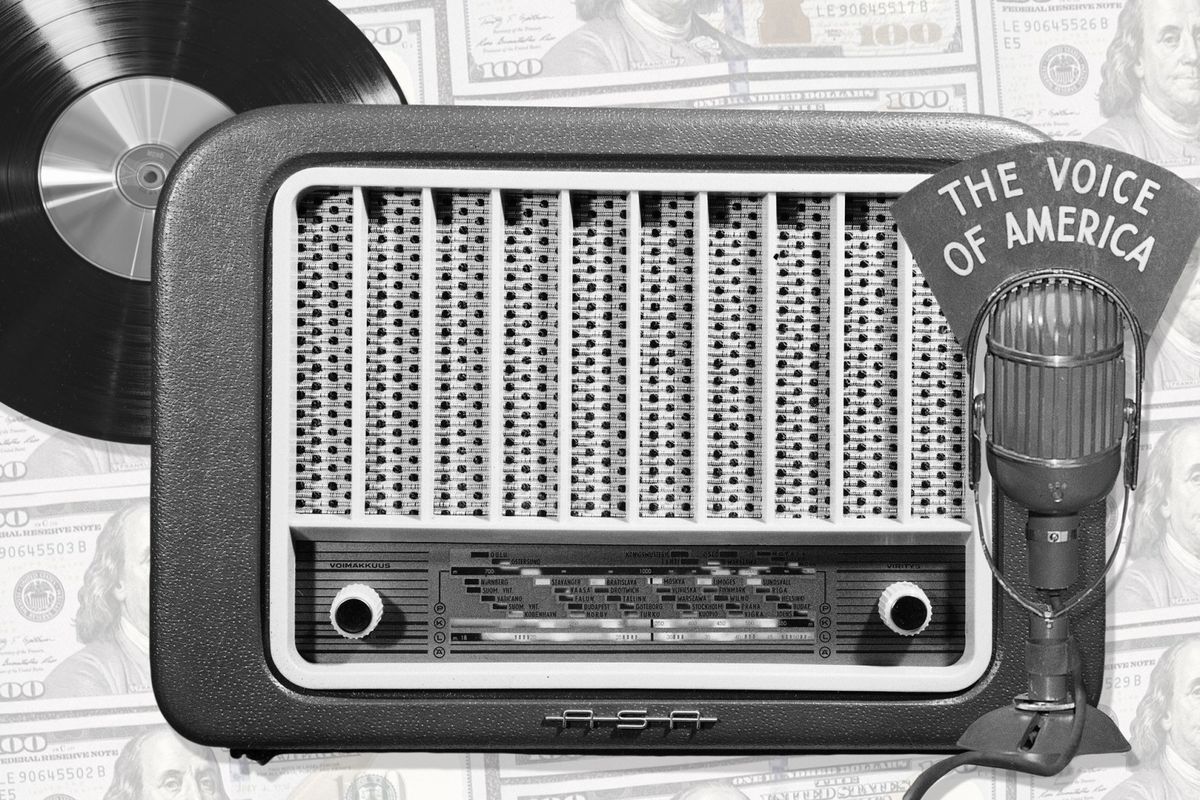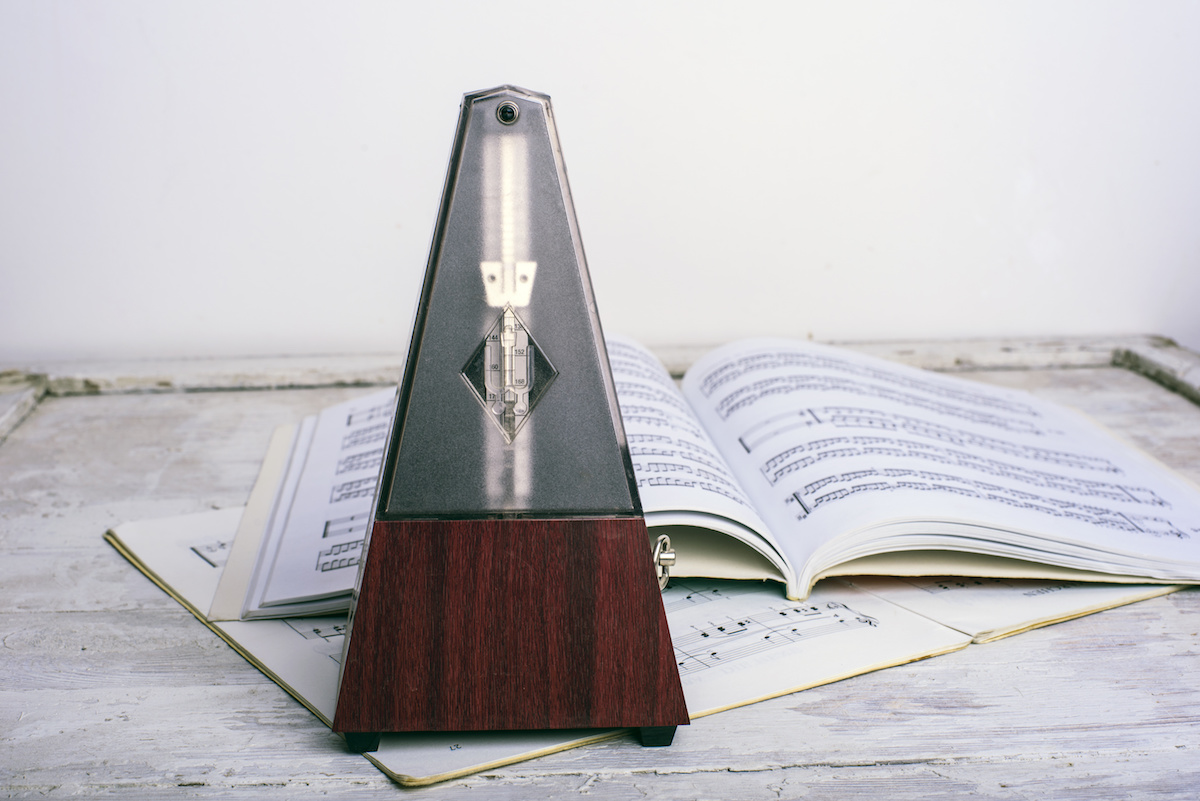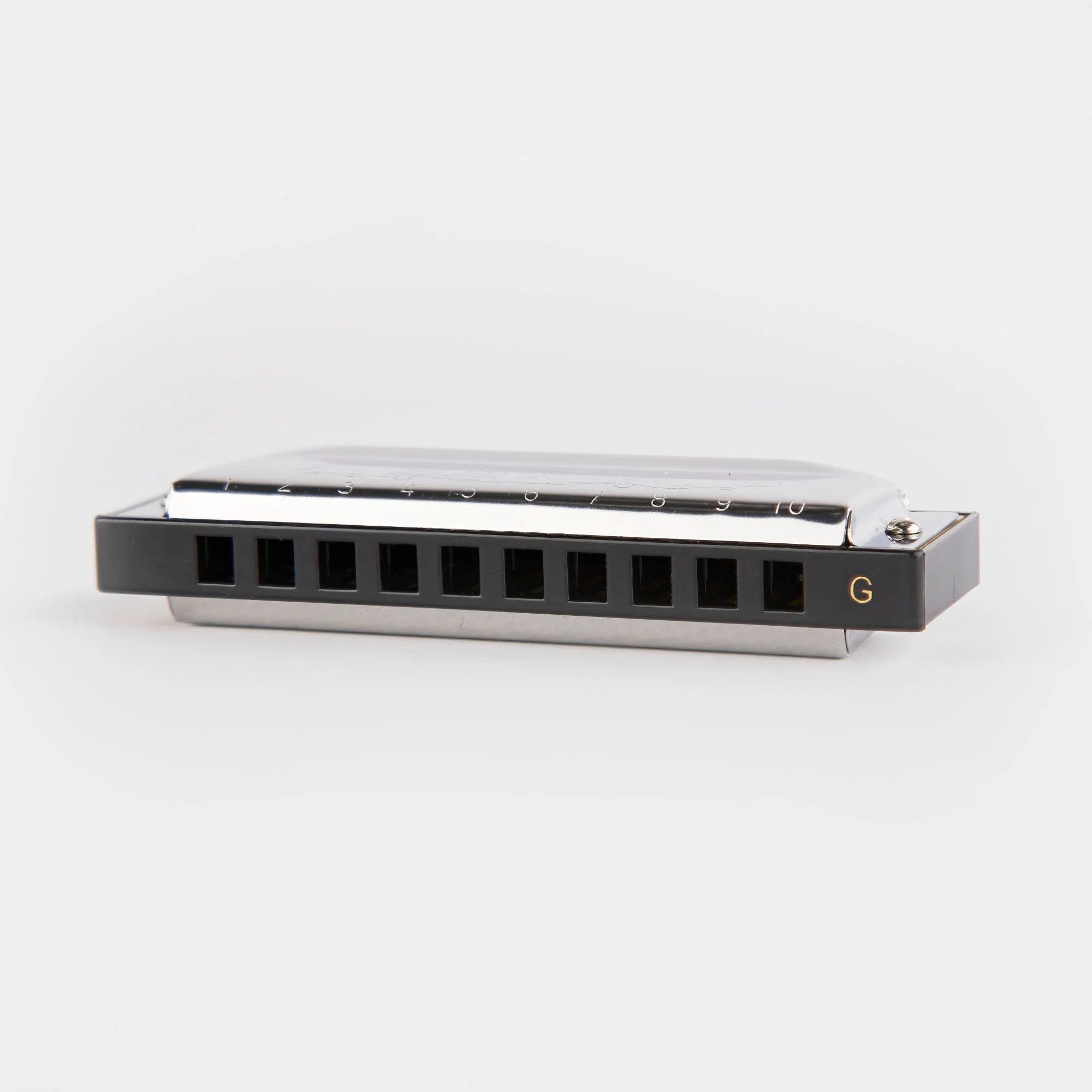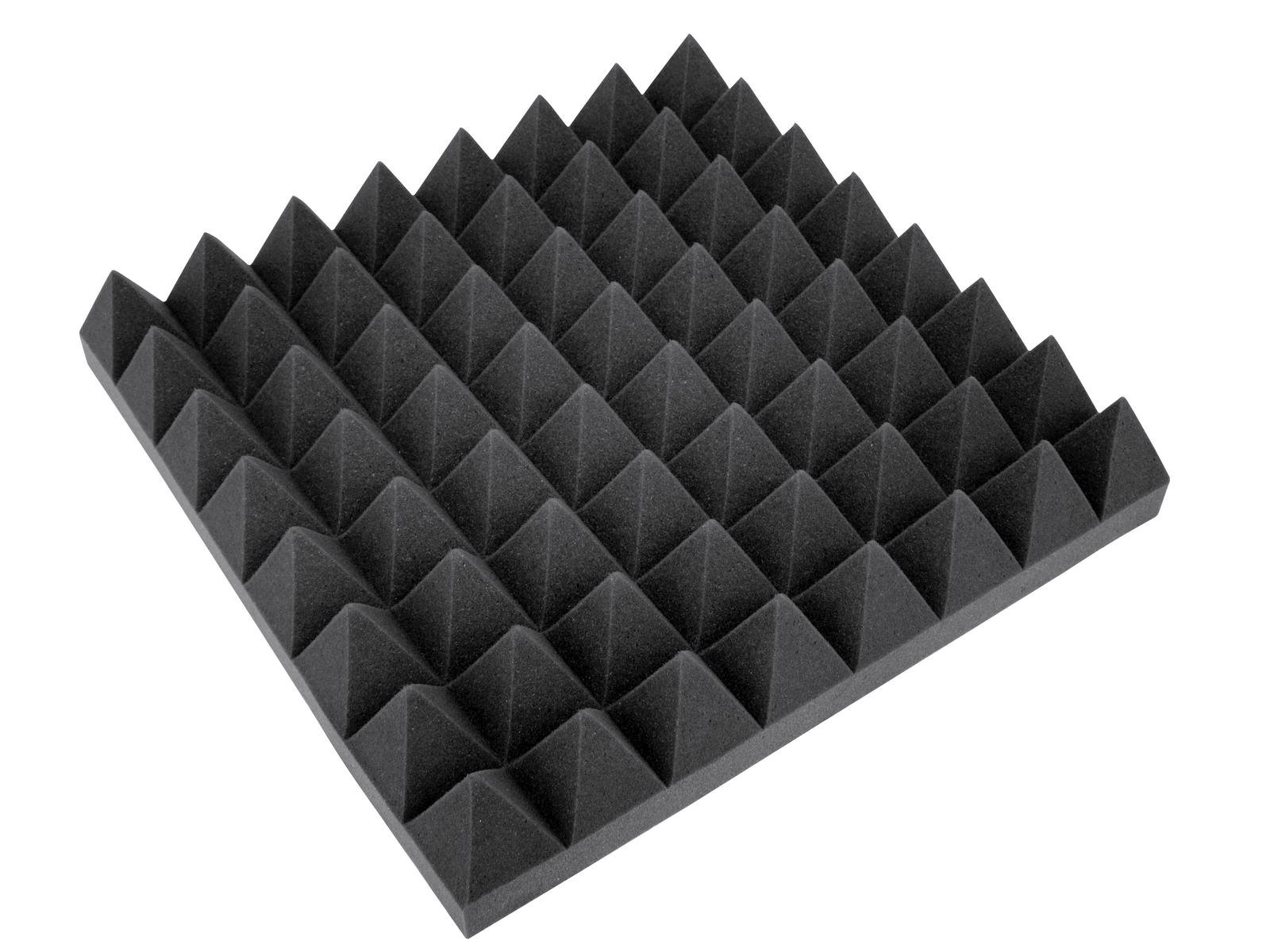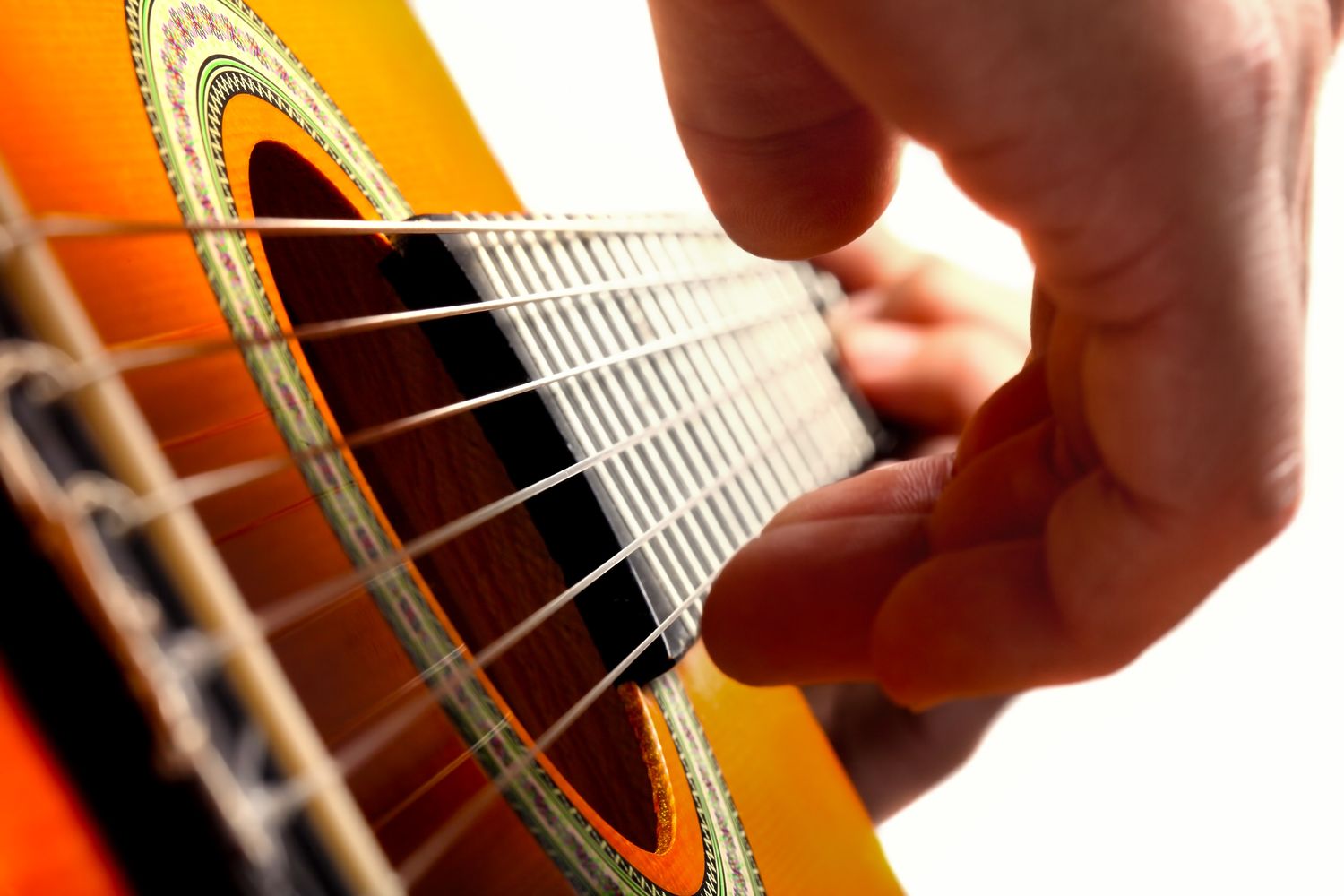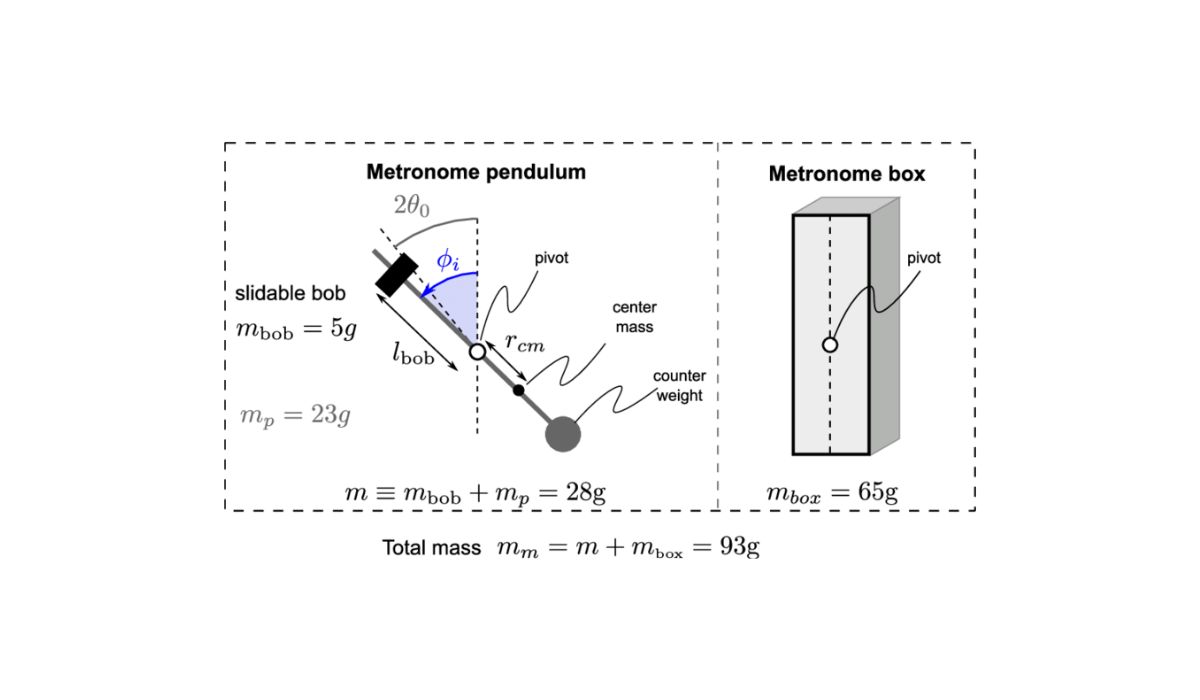Home>Instruments>Harmonica>How Does Harmonica Work


Harmonica
How Does Harmonica Work
Modified: February 3, 2024
Discover the inner workings of the harmonica and learn how this versatile musical instrument produces its unique sounds.
(Many of the links in this article redirect to a specific reviewed product. Your purchase of these products through affiliate links helps to generate commission for AudioLover.com, at no extra cost. Learn more)
Table of Contents
Introduction
The harmonica is a small and versatile musical instrument that has captured the hearts of many music enthusiasts around the world. Whether you’re a blues aficionado, a folk enthusiast, or just someone looking to add a unique sound to your musical repertoire, the harmonica offers a captivating and soulful experience.
Also known as a mouth organ or harp, the harmonica is a reed instrument that is played by blowing air into and drawing air out of its small metal chambers. Its portability, affordability, and versatility make it a popular choice among musicians of all ages and skill levels.
In this article, we will delve into the fascinating world of the harmonica, exploring its anatomy, how it produces sound, the role of reeds, various playing techniques, different types of harmonicas, and tips for maintenance and care.
Whether you’re a beginner looking to learn more about this instrument or an experienced player seeking to expand your knowledge, this article will provide valuable insights to deepen your understanding and appreciation of the harmonica.
So, grab your harmonica, put on your favorite blues record, and let’s embark on a harmonious journey into the inner workings of this captivating instrument.
Anatomy of a Harmonica
The harmonica may appear small and simple, but its construction is more intricate than meets the eye. Understanding the different parts of a harmonica is crucial for playing and maintaining the instrument.
A standard diatonic harmonica consists of several key components:
- Comb: This is the main body of the harmonica and is usually made of plastic or wood. It houses the reed plates and provides a solid surface for the player’s mouth.
- Reed Plates: These are thin metal pieces that are affixed to the comb. Each reed plate has rows of reeds, which are thin strips of metal that produce sound when air flows over them.
- Covers: The covers are usually made of metal and encase the reed plates. They have openings called holes that allow the player to blow air in and draw air out to create different tones.
- Holes: The holes on the harmonica correspond to individual notes. When a player blows or draws air through a hole, the air passes over selected reeds, producing specific pitches and tones.
- Reeds: The reeds are responsible for creating sound. They are thin strips of metal attached at one end to the reed plates. When air flows over them, they vibrate, creating the musical notes.
- Comb Openings: Located on the sides of the comb, these openings allow air to freely pass through the instrument while it is being played.
It’s important to note that harmonicas come in various sizes and configurations. The most common type is the ten-hole diatonic harmonica, which is typically used for playing blues, folk, and country music. However, there are also chromatic harmonicas, bass harmonicas, and other specialized variations that cater to different musical genres and playing styles.
Having an understanding of the harmonica’s anatomy will not only help you navigate the instrument but also assist you in troubleshooting and maintaining its optimal performance. Now that we have examined the inner workings of the harmonica, let’s explore how sound is produced in this extraordinary instrument.
How Sound is Produced
Understanding how the harmonica produces sound is key to mastering this fascinating instrument. The sound production in a harmonica relies on the interplay between air flow, reeds, and resonance.
When you blow or draw air into a hole on the harmonica, the reed associated with that hole vibrates. The reed’s vibration is created by the airflow passing over it, causing it to oscillate and produce sound waves. The pitch of the sound is determined by the length, thickness, tension, and material of the reeds.
The reeds are mounted on reed plates, which are attached to the comb. The comb serves as a resonating chamber that amplifies the sound produced by the vibrating reeds. This amplification is a crucial factor in the distinctive and expressive tone of the harmonica.
As you play the harmonica, the airflow created by your breath causes the reeds to vibrate at different frequencies, producing different musical notes. By controlling the position of your mouth, tongue, and the amount of air pressure, you can manipulate the sound and create various melodies and effects.
Additionally, the harmonica’s design contributes to its unique sound and versatility. The multiple reeds on each reed plate allow for bending and overblowing techniques, which add expressive nuances to the playing. These techniques involve altering the air pressure and flow to achieve different pitches and tones.
It’s important to note that the harmonica’s sound production relies heavily on the player’s breath control and technique. Learning to control the airflow, tongue blocking, and embouchure are essential skills for navigating the instrument and producing clear and expressive sounds.
Now that we have explored how sound is produced in a harmonica, we can dive deeper into the crucial role of reeds in determining the instrument’s unique tonal qualities.
The Role of Reeds
Reeds play a crucial role in the production of sound in a harmonica. These thin strips of metal, usually made of brass or phosphor bronze, are responsible for creating the vibrations that produce the musical notes.
Each hole on a harmonica has two reeds, one for blowing (exhaling) and another for drawing (inhaling) air. The reeds are tuned to specific pitches, allowing the player to create different tones as they blow or draw air through the instrument.
When the player blows air into a hole, the air pressure causes the reed associated with that hole to vibrate. As the reed vibrates, it interrupts the air stream, creating soundwaves. The length, thickness, and tension of the reed determine the pitch of the note produced.
The reeds on a harmonica are designed to respond to changes in airflow and pressure. Skilled players can control the bending and shaping of notes by altering the airflow and manipulating the reeds. By using techniques such as tongue blocking and bending, musicians can create a wide range of expressive sounds and achieve melodic variations.
It is common for reeds to wear out or become damaged over time due to continuous playing and exposure to moisture. This can result in a loss of resonance or the reeds not sounding properly. Regular maintenance, including cleaning and proper storage, can help prolong the lifespan of the reeds and ensure optimal sound quality.
Many harmonicas also allow for reed plates to be easily replaced, which is particularly useful in professional setups where reeds may need to be changed regularly for customization or repair purposes. This flexibility ensures that the harmonica remains a versatile instrument for both beginner and advanced players.
The role of reeds in the harmonica is pivotal in shaping the instrument’s sound and versatility. Understanding their function and how to harness their potential will greatly enhance your playing experience and allow you to explore the vast musical possibilities offered by this remarkable instrument.
Airflow and Techniques
Airflow is a fundamental element in playing the harmonica and mastering different playing techniques. Understanding how to control the airflow is crucial for producing clean notes, achieving expressive effects, and executing various playing techniques.
When you blow into a hole on the harmonica, the air flows over the reed associated with that hole, causing it to vibrate and produce a note. Similarly, when you draw air in, the reed for that hole vibrates in the opposite direction, generating a different note. The strength and direction of the airflow affect the tone and volume of the produced sound.
One of the most important techniques in harmonica playing is breath control. Proper breath control allows for clean and consistent notes. It involves regulating the airflow by maintaining a steady and controlled exhale or inhale. By controlling the speed and force of your breath, you can produce dynamic and expressive musical phrases.
In addition to breath control, tongue blocking is a technique commonly used in harmonica playing. It involves selectively blocking and unblocking certain holes with the tongue to control which reeds are played and to create specific melodies or chords. This technique allows for intricate note bending and facilitates playing multiple notes simultaneously.
Bending notes is another essential technique that adds depth and emotion to harmonica playing. By altering the airflow and tongue position, players can shift the pitch of a note, creating a bending effect. This technique is especially prevalent in blues harmonica playing, where players can achieve expressive and soulful note variations.
Overblowing and overdraw techniques enable players to access notes that are not naturally produced by the harmonica’s standard reed configuration. These techniques require precise control of the airflow and manipulation of the reeds to achieve the desired pitches. They allow for expanded musical possibilities and the ability to play chromatic melodies on a diatonic harmonica.
Mastering airflow control and techniques takes time and practice. It requires developing a keen sense of breath control, tongue placement, and manipulation of the instrument’s airflow dynamics. However, with practice and dedication, these techniques open up a world of expressive possibilities on the harmonica.
Now that we have explored the role of airflow and various playing techniques, let’s dive into the different types of harmonicas available to musicians.
Different Types of Harmonicas
Harmonicas come in a variety of types, each tailored to meet the unique needs and preferences of musicians across different genres and playing styles. Here are some of the most common types of harmonicas:
- Diatonic Harmonica: The diatonic harmonica is the most widely used type. It is typically designed to play in a specific key, such as C, G, or A. The diatonic harmonica is perfect for playing blues, folk, country, and rock music. It has ten holes and offers a range of bending options to achieve expressive and soulful performances.
- Chromatic Harmonica: The chromatic harmonica is designed to provide a complete chromatic scale. It has a button on the side that, when pressed, redirects the airflow through a set of additional reeds, allowing for playing all twelve notes of the Western musical scale. This makes the chromatic harmonica suitable for playing various genres, including jazz, classical, and pop music.
- Bass Harmonica: The bass harmonica is much larger than the diatonic and chromatic harmonicas, with larger reed plates and a deeper pitch range. It is primarily used in orchestral compositions and ensembles to provide a rich and full bass sound.
- Tremolo Harmonica: The tremolo harmonica is characterized by its distinctive double-row design, with two reeds for each note, slightly detuned from each other. This creates a unique, shimmering sound effect, often associated with folk music and melodies played in a harmonica ensemble.
- Octave Harmonica: The octave harmonica is similar to the tremolo harmonica, but with reeds tuned one octave apart. This creates a fuller and richer sound, making it ideal for playing melodies and harmonies simultaneously.
- Orchestral Harmonica: As the name suggests, the orchestral harmonica is designed for orchestral arrangements. It is larger and more complex than other types, offering a wider range of notes and additional features to meet the requirements of classical and symphonic compositions.
These are just a few examples of the different types of harmonicas available. Each type offers its own unique characteristics and sound capabilities, allowing musicians to explore a wide range of musical genres and express their creativity.
Now that we have covered the various types of harmonicas, let’s delve into some common playing techniques that can elevate your harmonica skills.
Common Playing Techniques
Mastering different playing techniques on the harmonica can open up a world of musical possibilities and enhance your overall playing experience. Here are some common techniques that harmonica players employ:
- Bending: Bending is one of the most popular techniques used in harmonica playing. It involves altering the pitch of a note by varying the shape of your mouth and controlling the airflow. By drawing or blowing air with the right technique and tongue placement, you can achieve subtle pitch variations, allowing for expressive and soulful playing.
- Tongue Blocking: Tongue blocking is a technique where you block multiple holes with your tongue to create chords or play single notes selectively. By placing your tongue on specific holes while leaving others open, you can produce rich and complex harmonies or emphasize individual notes for a more powerful sound.
- Vibrato: Vibrato is a technique used to add a shimmering effect to the sound. It involves rapidly altering the pitch of a note by slightly bending and releasing it. Vibrato adds depth and expression to the music, creating a more emotional and dynamic performance.
- Overblowing and Overdrawing: These techniques allow players to access additional notes that are not naturally produced on a diatonic harmonica. Overblowing involves blowing with increased force to produce higher notes, while overdrawing requires drawing in with controlled breath to achieve lower notes. Mastery of these techniques expands the range of the instrument and enables players to play chromatic melodies on a diatonic harmonica.
- Single Note Playing: Single note playing involves isolating and playing one note at a time. It is crucial for playing melodies accurately and cleanly. By using tongue blocking, mouth positioning, and breath control, players can achieve precise single note playing and create captivating melodic lines.
- Rhythm Techniques: The harmonica is not only a melodic instrument but also a rhythmic one. Techniques such as tongue slapping, tongue switching, chugging, and tongue-blocking double stops can add rhythmic complexity and drive to your playing. These techniques come in handy when accompanying other musicians or playing in a band.
These are just a few examples of the many techniques harmonica players utilize. Each technique requires practice and experimentation to master, but with dedication and perseverance, you can unlock the full potential of the harmonica and create captivating music.
Now that we have explored some key playing techniques, let’s move on to discussing the maintenance and care of your harmonica to ensure its longevity and optimal performance.
Maintenance and Care of a Harmonica
Caring for your harmonica properly is essential to keep it in optimal playing condition and extend its lifespan. Regular maintenance and proper care will ensure that your harmonica consistently produces high-quality sound. Here are some tips to help you maintain your harmonica:
- Keep it clean: Regularly cleaning your harmonica is crucial to remove any dirt, moisture, or debris that may accumulate over time. Use a soft cloth or a mild cleaning solution specifically designed for harmonicas to wipe the outer surface, covers, and reed plates. Avoid using excessive moisture or harsh cleaners, as this can damage the instrument.
- Avoid exposure to moisture: Moisture is the enemy of a harmonica. After playing, gently tap the harmonica on your palm or a soft surface to remove excess moisture. Avoid exposing the instrument to extreme humidity, liquids, or excessive saliva buildup. If you live in a humid area, consider using a dehumidifier or storing your harmonica in a dry case or pouch.
- Store it properly: When not in use, store your harmonica in a protective case or pouch to prevent dust, debris, and moisture from getting inside. Avoid leaving it in direct sunlight or in extreme temperature conditions, as this can cause damage to the reeds and overall structure of the instrument.
- Replace worn-out reed plates: Over time, the reed plates may wear out due to continuous use and exposure to moisture. If you notice a decline in sound quality or responsiveness, consider replacing the reed plates. Many harmonica models allow for easy replacement of reed plates, and doing so can restore the instrument’s optimal performance.
- Practice proper technique: Proper technique not only enhances your playing, but it also minimizes wear and tear on your harmonica. Avoid blowing or drawing with excessive force, as this can strain the reeds and potentially cause damage. Practice keeping a consistent, controlled airflow to produce clean and clear notes.
- Avoid sharing your harmonica: Sharing your harmonica with others increases the risk of transferring germs, bacteria, and saliva. It is best to keep your harmonica for personal use only to maintain hygiene and reduce the risk of illness.
- Regularly tune your harmonica: Over time, the reeds on a harmonica may go out of tune. If you notice any notes sounding off-pitch or not responding properly, consult a professional harmonica technician to have your instrument tuned.
By following these maintenance and care tips, you can ensure that your harmonica remains in top shape and delivers a remarkable sound every time you play. Treat your harmonica with care, and it will reward you with beautiful melodies for years to come.
Now that we’ve discussed maintenance and care, let’s conclude our exploration of the harmonica.
Conclusion
The harmonica is a captivating and versatile musical instrument that has enchanted musicians and audiences alike for generations. Its small size, affordability, and ability to produce soulful melodies make it a cherished instrument across a variety of musical genres.
In this article, we have explored the anatomy of a harmonica, delving into the intricate components that create its unique sound. We have learned about the role of reeds in producing vibrations and generating musical notes. Understanding the airflow dynamics and mastering various techniques such as bending, tongue blocking, and vibrato allows harmonica players to express their creativity and infuse their playing with emotion.
We have also explored different types of harmonicas, each catering to specific musical styles and preferences. Whether you opt for the diatonic harmonica for blues or folk, the chromatic harmonica for jazz and classical music, or the bass harmonica for deep and resonant sounds, there is a harmonica to suit every musician’s needs.
Caring for your harmonica is crucial to maintaining its optimal performance and longevity. By keeping it clean, avoiding moisture exposure, practicing proper technique, and storing it properly, you can ensure that your harmonica continues to produce beautiful music for years to come.
As you embark on your harmonica journey, remember that practice and dedication are keys to unlocking its full potential. With time and effort, you can develop your own unique sound and style, captivating audiences with the expressive melodies that only a harmonica can produce.
So, pick up your harmonica, let the notes flow, and immerse yourself in the beautiful world of this enchanting instrument. Whether you’re playing the blues, serenading with folk tunes, or exploring new genres, the harmonica will always be there to bring joy and inspiration to your musical journey.

